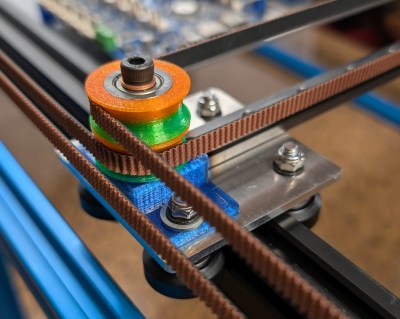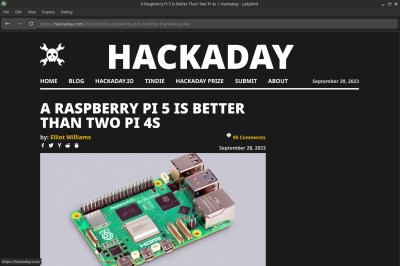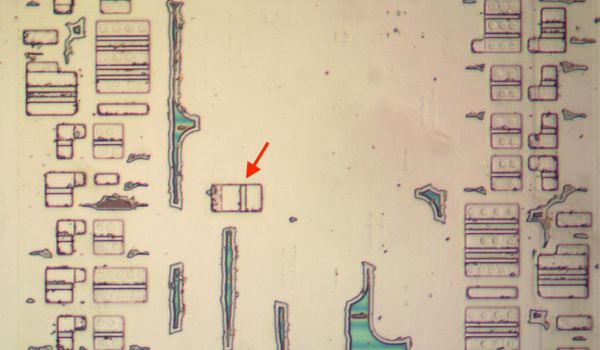If you work on simple digital projects, just about any bench supply will offer the voltage and current you’re looking for. However, if you’re working with valves, you’ll often find yourself needing much higher voltages that can be tricky to source. [Chappy Happy] has shared a design for a simple HV power supply that should prove useful to vacuum tube enthusiasts.
The build is fairly basic in nature, lacing together some commonly available parts to generate the necessary voltages for working with common vacuum tubes from a 12 volt DC input. Inside the supply is a UC3843A DC boost converter, set up to output high voltage up to around 300 volts DC, with a ripple filter added for good measure. The output can be adjusted with a knob, with a voltmeter on the front panel. There’s also a 12-volt output, and a LM2596 step down converter to produce 6.3 volts for the filament supply. The whole project is built in an old Heathkit project box, and he demonstrates the supply with a simple single-tube amplifier.
If you find yourself regularly whipping up tube circuits, you might like to have something like this on your workbench. Or, you might even consider cooking up your own tubes from scratch if you’re more adventurous like that. Video after the break.
Continue reading “Build A High Voltage Supply For Vacuum Tube Work”




















